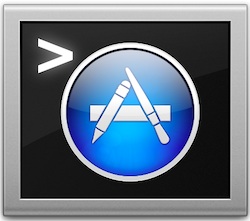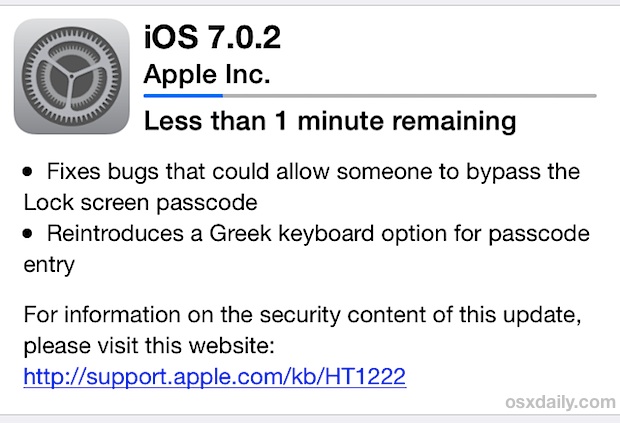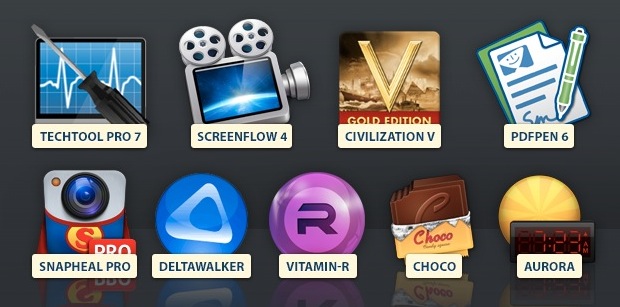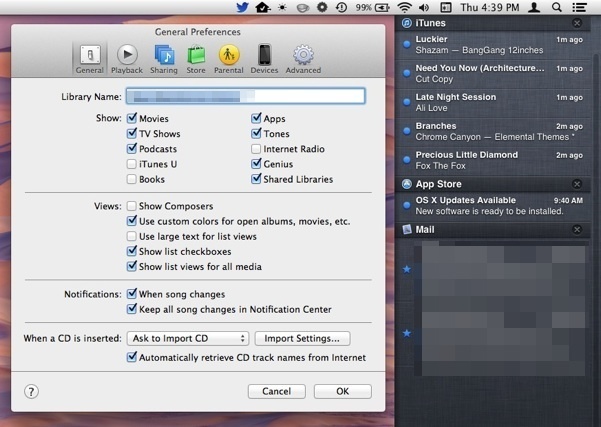List All Apps Downloaded from the Mac App Store via Command Line
 A handy terminal command will show a list of all apps installed on a Mac that have come exclusively from the Mac App Store. This can be helpful for a variety of reasons, like when building a list of apps you may want to replace from outside the official App Store channels if you’re migrating machines, or if you’re working on a remote Mac through SSH and are trying to figure out what apps are missing. You could piece together such a list manually as well by reviewing the Purchase History within the App Store, but that listing also displays items that are not actively installed on a Mac, making it much less useful.
A handy terminal command will show a list of all apps installed on a Mac that have come exclusively from the Mac App Store. This can be helpful for a variety of reasons, like when building a list of apps you may want to replace from outside the official App Store channels if you’re migrating machines, or if you’re working on a remote Mac through SSH and are trying to figure out what apps are missing. You could piece together such a list manually as well by reviewing the Purchase History within the App Store, but that listing also displays items that are not actively installed on a Mac, making it much less useful.


 Hard drive failures are never fun but they are a fact of computing life whether you use a Mac or PC. Sometimes drives can truck along for many years before going bad, and other times you wind up with a drive that goes kaput after just a few months of normal use. Regardless of when it happens (and it will), we’re going to focus on the most simple method of retrieving crucial files and data from the failing drive.
Hard drive failures are never fun but they are a fact of computing life whether you use a Mac or PC. Sometimes drives can truck along for many years before going bad, and other times you wind up with a drive that goes kaput after just a few months of normal use. Regardless of when it happens (and it will), we’re going to focus on the most simple method of retrieving crucial files and data from the failing drive. 

 The iTunes Radio music service offers a great way to listen to your favorite songs and also find new music, and with some minor adjustments you can tune any station to prefer either the hits, wander more into discovery, or a mixture of the both. These three tuning settings are named appropriately, and can be described loosely as the following:
The iTunes Radio music service offers a great way to listen to your favorite songs and also find new music, and with some minor adjustments you can tune any station to prefer either the hits, wander more into discovery, or a mixture of the both. These three tuning settings are named appropriately, and can be described loosely as the following:





 Hot off the heals of the
Hot off the heals of the 

